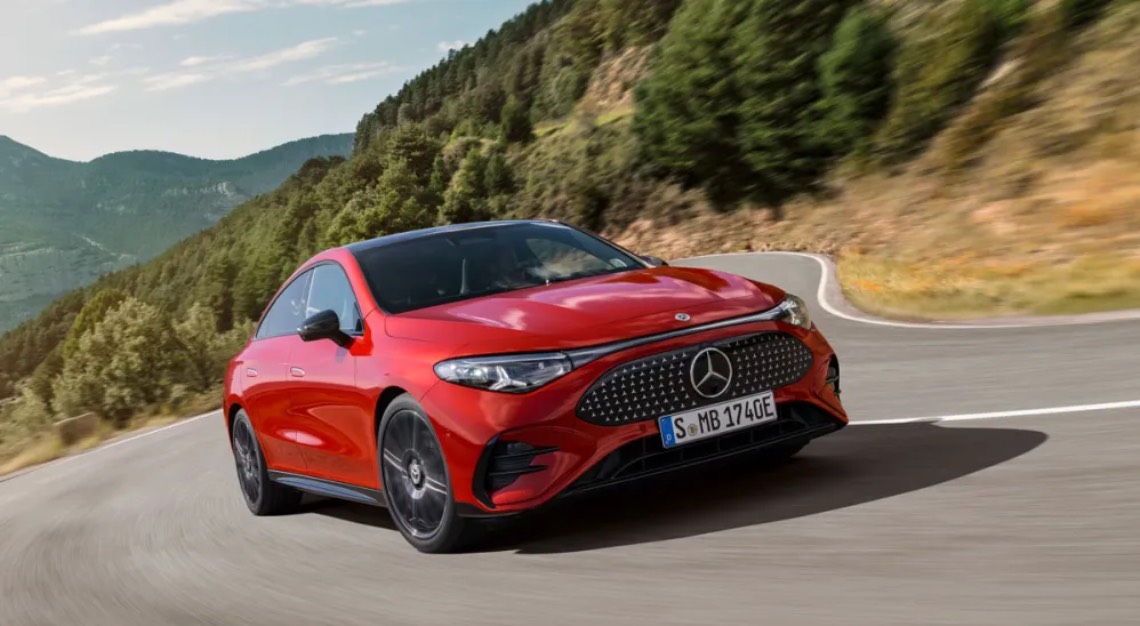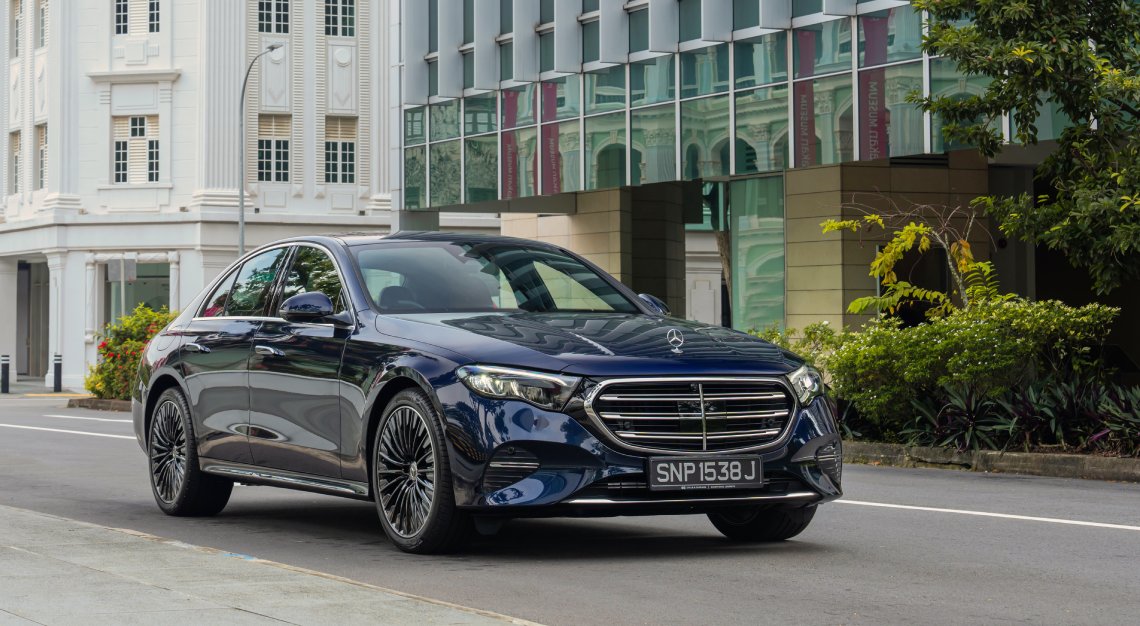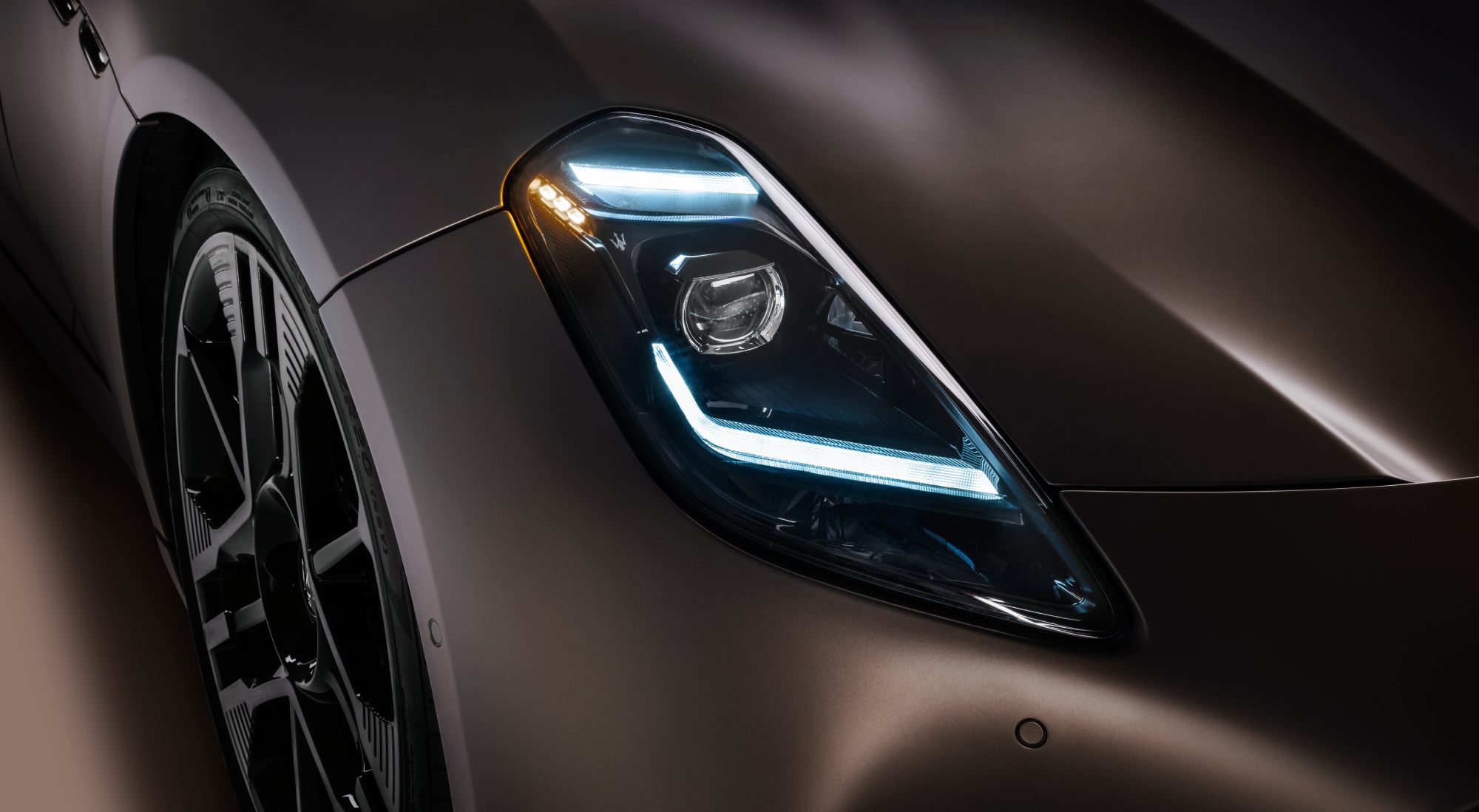The latest iteration of the model will start off as an EV and later be offered as a hybrid
Mercedes-Benz’s most technologically advanced offering is its mass-market play—and a gambit to entice U.S. buyers to wade into its electric-vehicle waters. The latest iteration of the CLA, originally launched in 2013, will be built on the newly developed MMA platform, one that allows for both EV and internal-combustion engines with mild hybridisation.
The next-gen CLA was revealed in Rome last week, and the stats surrounding the newest member of the marque’s model line are decent. The first CLA variant will be a pure EV model, offered in a rear-wheel-drive configuration with 268 hp and 335 Nm of torque, or with an all-wheel-drive setup with 349 hp and 515 Nm of torque. (The hybrid model will follow, as will an AMG version, though details surrounding each are scarce.)
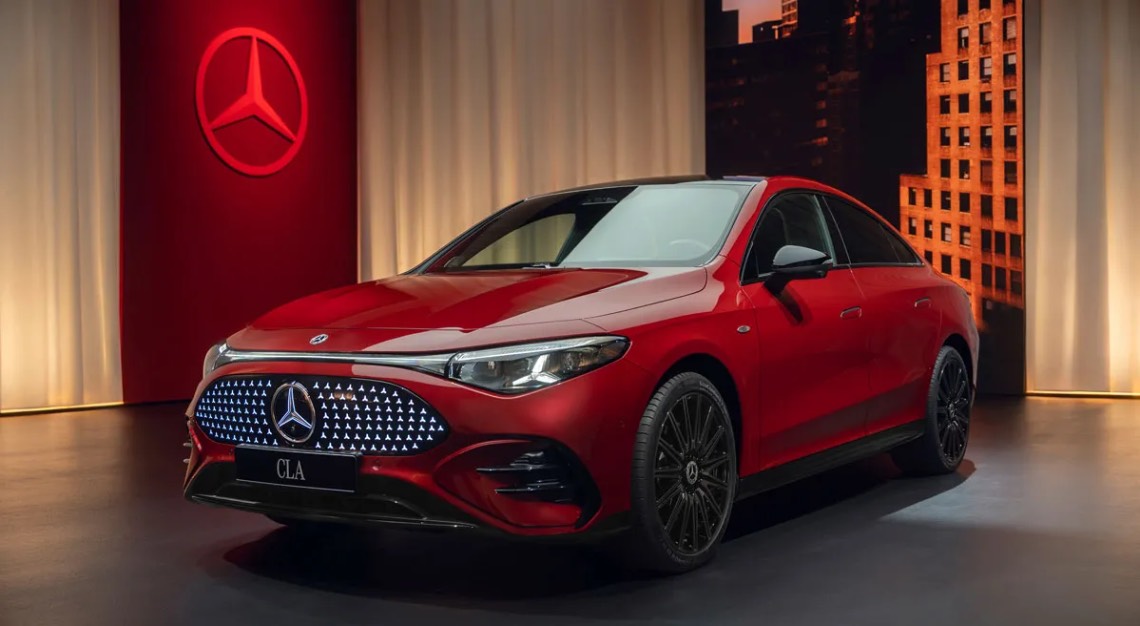
Power comes from an 85.5 kWh battery, which is (generously) rated by the WLTP at 792 km. Even if the EPA-estimated range falls somewhere in the neighbourhood of 563 km it’ll place the CLA amongst the likes of Tesla, Rivian, and Lucid in that regard.
“Range anxiety will go away with this product,” says Markus Schäfer, a member of the board of management of Mercedes-Benz Group AG., and its chief technology officer. “Beyond more range, we have a charging speed of 300 kWh-plus,” Schäfer says, meaning the 800-volt architecture can gulp in about 306 km of range within 10 minutes. He adds that the CLA has “[an energy] consumption rate of less than 11 kWh per 100 kilometres,” or 100 km Basically, he claims, it costs under US$4 to drive 96.6 km, also in the ballpark of Tesla and Rivian’s usage amounts.
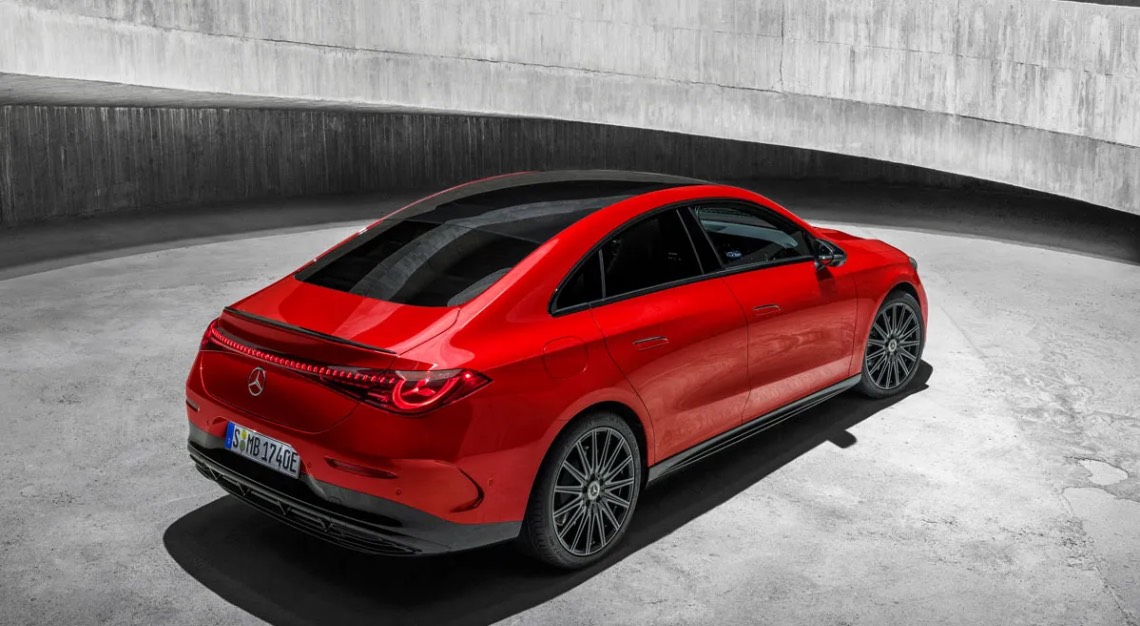
As consumers demand more technology integration from their vehicles, especially in more sophisticated applications and deliveries, it’s imperative that the CLA is imbued with class-leading digital offerings, according to Mercedes executives. “This is an important lead car for this technology and for the customer who is tech-savvy,” says chief design officer Gorden Wagener.
Chinese customers will be the first to enjoy the CLA’s apex advancement: Level 2++ driving, a teensy step below Level 3 autonomy. In Level 2++, which has been approved for use starting this year in China, the CLA can independently drive itself from parking point to parking point, without driver intervention. (The driver is required to pay attention, however, ready to take over at any moment.)
Engineers used AI learning models to enhance systems enabling Level 2++, which is powered by an NVIDIA Drive chip. Select European markets will receive Level 2++ next, and the U.S. will follow once regulations permit. The more the CLA drives itself, the more data it feeds back into an AI model, which in turn bolsters future performance, per Schäfer.
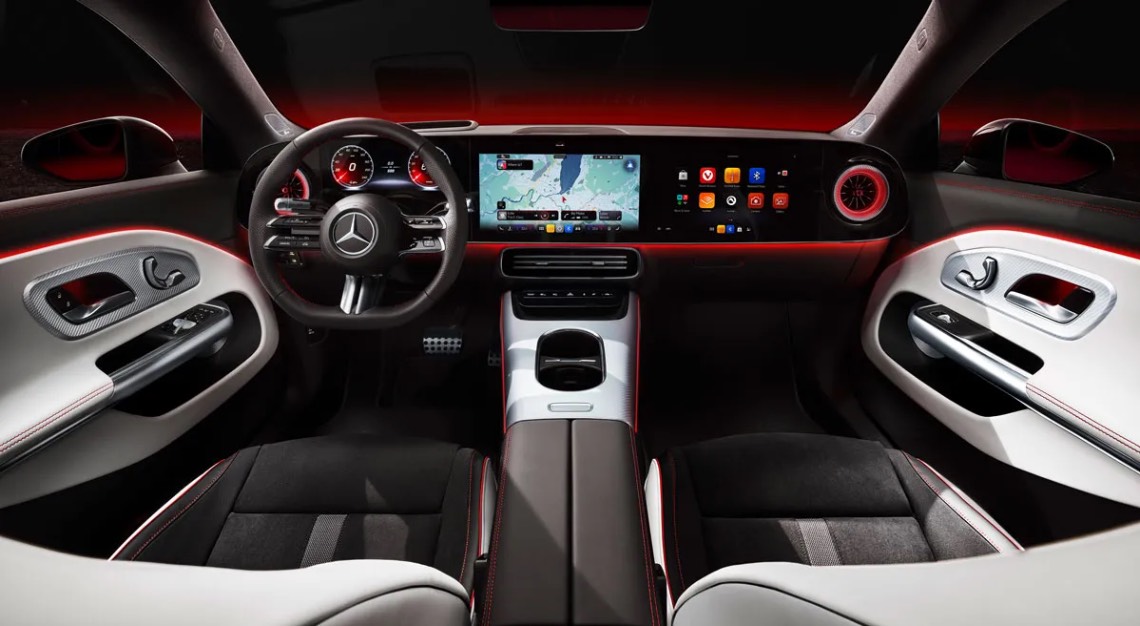
The MB.OS platform will continuously update itself over the air, ensuring that virtual-assistance systems in the car are at the pinnacle of helpfulness. Expect to chat with your car more, too. “It’s natural to talk to each other, and now it’s natural to talk to the car,” says Wagener. “You should be able to say, ‘Switch off the heat,’ to the car. You still want a visual reference, to understand that the heating has been switched off, but you should be able to command it with your voice.”
Similarly, tap into Mercedes’ voice assistant, powered by Google Gemini and OpenAI’s GTP-4o model, and pose complex queries such as, “What’s the best option for dinner at an Italian restaurant near me that has good reviews for its wine list?” It should quickly fire back a list of hyper-local options that deliver on your prompt’s specific premise.
As autonomous driving and conversing with your vehicle increase, your perception of it changes, posits Wagener. “The [CLA] isn’t a car; it’s a smart house on wheels. You have a couch, you have a TV,” he says. The TV, as it were, is part of the Superscreen dash, a pillar-to-pillar presentation with a 10.25-inch instrument panel for the driver, a 14-inch center console, and an optional 14-inch display for passengers.
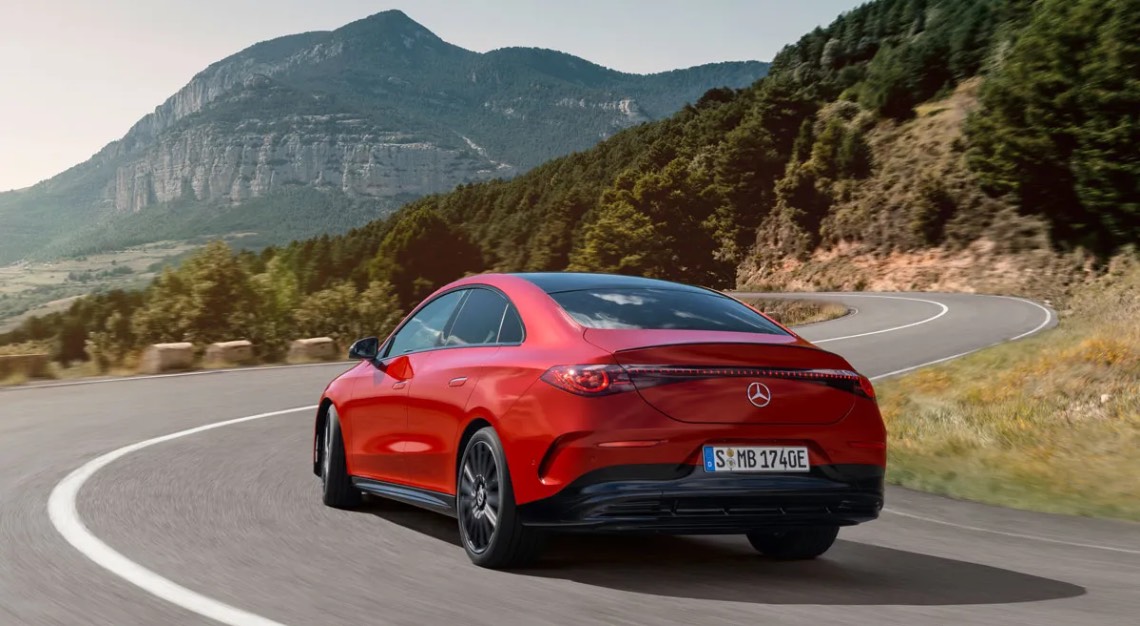
Particular attention was paid to the design of the screen, since “screens are not luxury,” according to Wagener. “But there’s a difference between the iPhone and other manufacturers. We tried to keep it sophisticated; it’s more interesting because it stands more upright, making it very easy to view and read,” he says.
The model’s importance to Mercedes has been established since its original debut. “When we brought the CLA to market more than a decade ago, it changed the brand,” says Wagener. By continuing to translate the luxury touchpoints of the higher end models into the entry point of the brand, Wagener says the CLA is still an important cornerstone. Yet it’s no longer entry-level sized, in part due to that fusion platform, which is more difficult from a design standpoint.
“Electric cars have to grow; you need larger wheels to house all the components. This is an inch higher than the predecessor,” says Wagener. But it still has a four-door GT proportion, vital to the car’s ethos. “Good proportion starts with wheel-to-body relation,” explains Wagener. “You can only camouflage a bad proportion. Then you move into overhangs, then into how does the cabin sit? Typically, a combustion layout has a long hood; do we need that in an electric model? Maybe?”
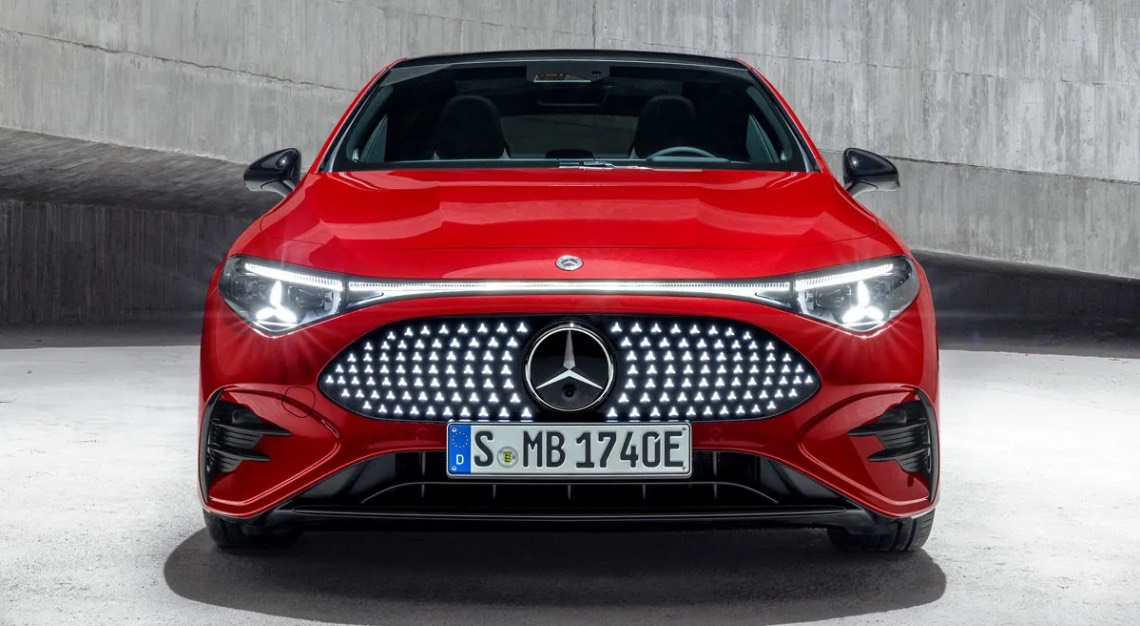
The CLA’s hood is medium length and has a nice presence in the flesh, accentuated by the grille. As for the latter, it’s illuminated with 142 stars. That’s a flourish Wagener seems particularly proud of, given his belief that nearly all EVs have bland and boring front ends.
It’s interesting to hear what Wagener seeks to add, given his design principle of removing elements to get to a purer form. “We fight every day to clean up each piece; simplicity is much harder to achieve these days,” he smiles. “But design is not democratic. You have to say, ‘no, we don’t do that,’ sometimes.”
This story was first published on Robb Report USA
